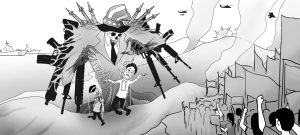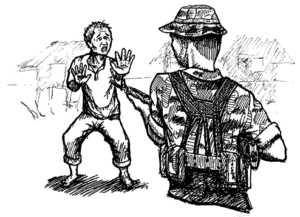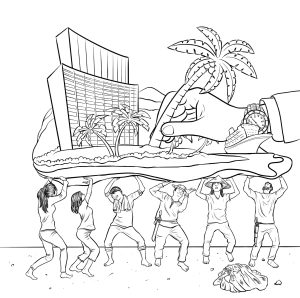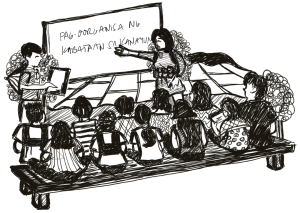The militarist Biden-Harris Asia-Pacific strategy

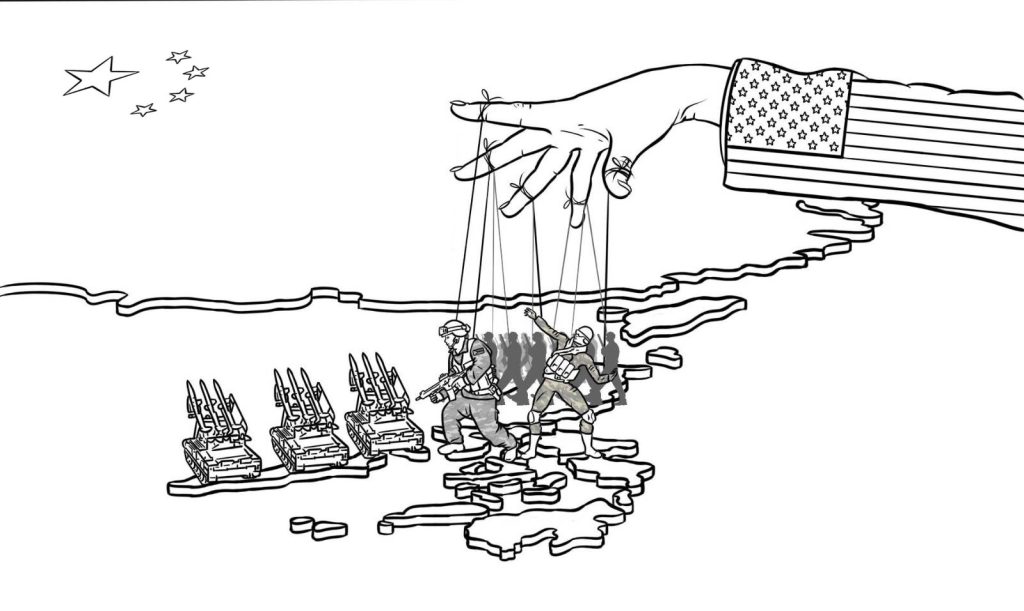
US imperialism’s geopolitical strategy under the previous Donald Trump government and the current Biden-Harris government is no different in form, purpose and essence. It continues the earlier “Pivot to Asia” declared in 2008 which saw the strategic shift of its policy towards China as a leading imperialist rival. This military strategy aims to prevent further expansion of China’s military strength and political influence, and prepare for and incite a direct or indirect inter-imperialist war.
Under its so-called “Indo-Pacific Strategy,” the US consolidates its military power in countries surrounding China through the Quad (Quadrilateral Security Dialogue, with India, Japan and Australia) and AUKUS (Australia-United Kingdom-US), in conjunction with tightening control over its military puppets in South Korea, Thailand, the Philippines, as well as Japan. The US is also provoking its North Atlantic Treaty Organization (NATO) allies in Europe to stand against China.
This strategy takes the form of launching a series of large “military drills” in various countries around China and sailing US warships in the South China Sea and Taiwan Strait. These are combat maneuver exercises against China at its very borders. These are combined with provocative acts such as the successive visits by US House Speaker Nancy Pelosi and other officials to Taiwan in August, and by US Vice President Kamala Harris to South and Southeast Asia.
The military drills this year in Japan (Keen Sword, 36,000 troops) and South Korea (Ulchi Freedom Shield, over 67,500 troops) are said to be “biggest in history.” Similar exercises were held in Thailand (Carat), Indonesia (Garuda Shield), Australia (Cope North), Guam (Valiant Shield) and other US territories in the Pacific. In the Philippines, the Balikatan was launched in March-April in which 8,900 troops took part.
In June-August, the US conducted the 11-day Rim of the Pacific (RimPac), the world’s largest combat drill, in various parts of the Pacific from the US military base in Hawaii. Up to 38 warships, four submarines, nine armies, more than 170 aircraft and 25,000 troops from 26 countries participated in the training. Eight of these countries are members of NATO, which are behind the US proxy war in Ukraine against Russia.
Thousands of small, medium-sized and unannounced military trainings are also conducted by the US in “all corners” of the Asia-Pacific. These involve hundreds of bomber planes, nuclear-capable warships, cannons, missiles, ammunitionsand troops that carry out “live-fire exercises” leaving toxic waste and chemicals in the water, air and soil. In the Philippines alone, there are approximately 300 such trainings per year.
Control of the seas
In September, the US announced the formation of Task Force 76/3, combining naval forces under the US Indo-Pacific Command, permanently stationed in the South China Sea. It aims to tighten US control over facilities, bases and naval troops in South, East and Southeast Asia countries behind the veil of “integration” and “interoperability.” It launched in October 2022 the Kamandag 2022 exercises in Bataan, Palawan and other points in Luzon.
This is a new mechanism under the Pentagon’s Pacific Deterrence Initiative, which got a $5.1 billion budget this year. This program aims to set up facilities in countries within the “First Island Chain” (Japan, Taiwan, the Philippines, etc) to permanently station land-based long-range missiles near China’s borders.
When Harris visited the Philippines in November, her agenda was to finalize plans for building five additional US bases in the country. These include plans for rebuilding US military facilities in Subic, Zambales to position US forces, missile and warships, 30 years since they were booted out.

